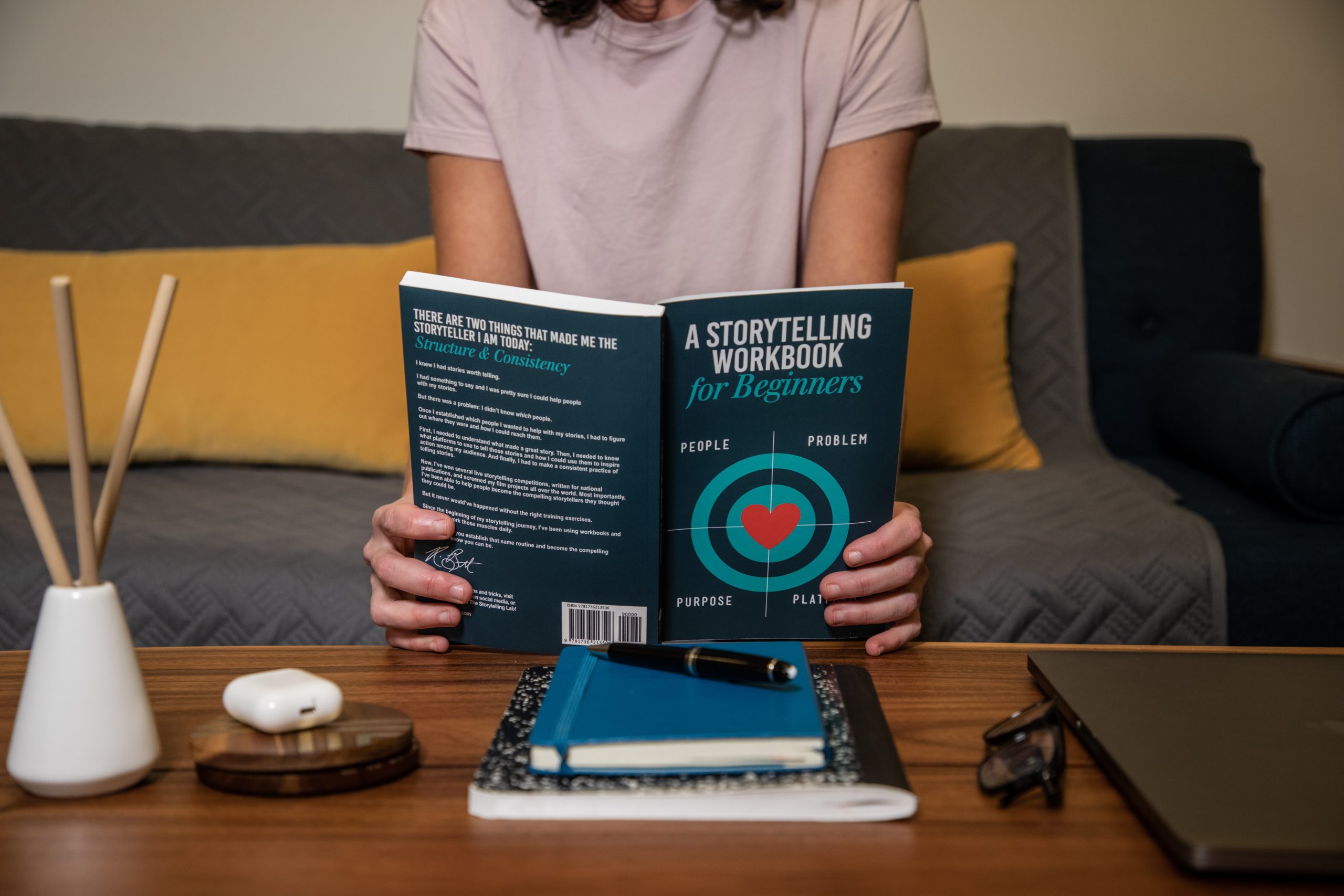
So you’ve managed to work through part 1 of communication planning through a diversity and inclusion lens and now you’re ready to research, plan, interview, build case studies, write press releases, write reports, write blogs and craft social media copy. You are ready to create the “what”.
Before crafting the story your organisation wants to share, there are several things to consider to ensure that the end product empowers the individuals and communities that are represented. There is a fine line between empowering someone’s voice and speaking over it or co-opting it for your organisation’s benefit, which means that storytelling needs to be approached with a huge amount of care.
“Ethical storytelling” is a form of storytelling that recognises biases and power dynamics and tries to actively deconstruct them; uses diverse data sets to accurately represent the spectrum of society; builds trust with communities and nurtures relationships by practising co-design and informed consent; and uses inclusive language that recognises and respects the power and history of words used by activist movements.
In this blog, we’ll explore: bias and the data gap.
1. Recognise bias
As a professional storyteller for any organisation – a journalist, content writer, marketer, PR, social media manager – it is important to actively understand how bias might influence outputs negatively.
We all approach storytelling with some level of bias, as we are all products of our environments and have absorbed information from a variety of sources that shape our outlook. Bias can become particularly harmful in storytelling when we assume that we can talk on behalf of other groups, as we risk removing someone’s autonomy and control over their story.
For activist and author Lisa Sharon Harper, not having control of your own story is one of the “highest levels of oppression”.
“We say we exist in that space in order to help the world be a more just place. Justice requires a levelling of those hierarchies of human belonging and there is nothing more basic than owning one’s own story. Oppression at its highest mark is the owning of other people. The highest level of oppression is to own someone and then it’s to own their land and then it’s to own their story,” Sharon Harper said on the Ethical Storytelling podcast which discusses the practice of ethical storytelling in NGO’s and the media.
However, it is possible to unpick and unlearn our biases by understanding what they are. “The moment that you become conscious of it is, then you become responsible to take action and to change it,” says Lisa Sharon Harper.
You can do this by taking an unconscious bias test which reveals the hidden attitudes and beliefs you might have. One such test is the Implicit Association Test developed by Harvard University.
Once a harmful bias is highlighted, you can begin to unlearn it by educating yourself about the lived experience and oppression faced by that group. There’s lots of material out there (books, TED talks, films) that you can pick up and digest. I have included a couple of recommendations below.
This is key, as not only are you deconstructing harmful stereotypes that may unconsciously inform your actions, it also helps build empathy, which in turn builds trust and helps you become a better storyteller.
Some recommended reads & watches:
- Anti-racism: Why I’m no longer talking to white people about race, Reni Eddo-Lodge; So you want to talk about race? Ijeoma Oluo; When they call you a terrorist, Patrisse Khan-Cullors, asha bandele
- Gender/ sexuality: The A-Z of Gender and Sexuality: From Ace to Ze, Morgan Lev Edward Holleb; Gender Explorers: Our Stories of Growing Up Trans and Changing the World, Juno Roche;
- Feminism: The Right to Sex; Invisible Women: Data Bias in a World Designed for Men, Caroline Criado Perez.
- Classism: Chavs: The Demonization of the Working Class, Owen Jones
- Ableism: Crippled: Austerity and the Demonization of Disabled People, Frances Ryan
- Intersectionality: The urgency of intersectionality Kimberlé Crenshaw,
- Allyship: 3 ways to be a better ally in the workplace
Practical steps to deconstruct bias:
- Understand your biases and take active steps to unlearn them – take an unconscious bias test and spend some time reflecting on where you can improve
- Educate yourself, pick up a book or watch a documentary.
- Repeat steps 1 and 2. Unlearning biases is a continual process, as dialogues around topics evolve and shift over time. Also, refreshers are useful for everyone, especially when unpacking complicated social issues.
2. The data gap and how to close it
Data can be an incredibly powerful storytelling tool. With just one stat, the stark reality of a story can be cemented and infographics can succinctly convey a complicated message that would have taken hundreds of words to explain – (check out “Information is beautiful” to see this in action).
But data has a massive flaw: it is only as good as what has been collected and over the course of history marginalised groups have historically been excluded from huge amounts of data as a result of bias, which have had real-world oppressive consequences. This is something addressed by Caroline Criado Perez’s book “Invisible Women: Data Bias in a World Designed for Men” and the work of MIT media researcher Joy Buolamwini’s work on algorithmic bias.
“Closing this data gap is both easy and hard. It’s easy because it has a very simple solution: collect sex-disaggregated data. But it’s hard because the gender data gap is not the product of a conspiracy by a group of misogynistic data scientists. It is simply the result of an everyday bias that affects pretty much all of us: when we say human, 9 times out of 10, we mean men.” – Caroline Criado Perez, Time
As storytellers, we have the power and responsibility to collect diverse data sets. When we’re building our own data sets from scratch for a press release, requesting data from freedom of information requests for an article, or working with market research and survey companies, we need to build in processes that work toward data diversity.
Practical steps to close the data gap:
- When collecting your own data set you need to go beyond your immediate communication channels to help secure participants.
- Spend time researching other groups you could post your survey in
- Partner with organisations that have strong ties with a particular community and ask them to share your survey across their channels
- Consider other forms of data collection beyond an online survey to try to reach people who are not online – post/ street surveys in target locations
- For freedom of information requests to the UK government (you might do this as a journalist or a researcher), ask for segmented data along with different categories such as sex, ethnicity, age, socioeconomic background, geographic location and see if there are different stories to explore based on different intersections of the population.
- If you have a budget to spend on research, request segmented data from market research and data analytic organisations. However, some of the companies may say this is not possible as they won’t be able to secure enough “diverse” candidates to provide statistically significant findings. But always ask, to keep the pressure up/ increase demand.
Stay tuned for part 3, which will include: co-design, informed consent and inclusive language
And if you’d like a refresher in communication planning through a diversity and inclusion lens please read part 1 here.

